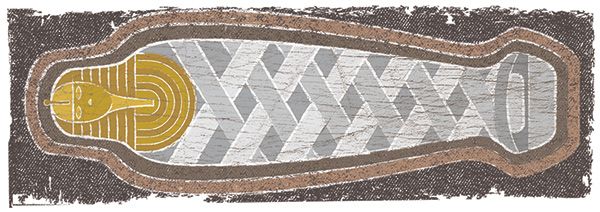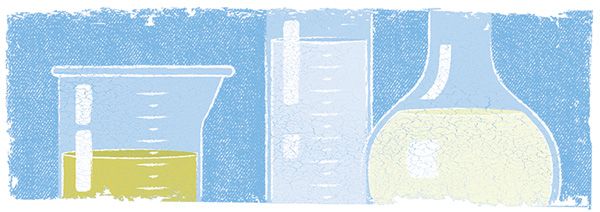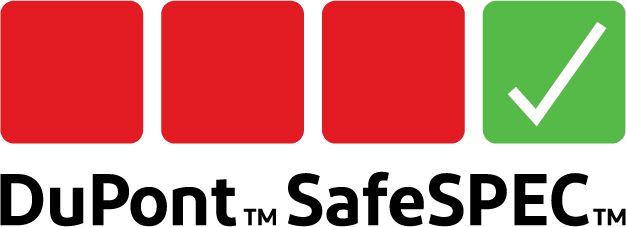View from the Hot Zone
By Mark Tartaglia, MSPH, CIH

As a certified industrial hygienist (CIH), I’ve served as the safety officer during many emergency responses. Practically speaking, that’s meant supporting operations from the relative comfort of the warm or cold zone.
Recently though, “the shoe was on the other foot,” so to speak, when I participated in a hazmat technician certification program during a Chemours fuming acid spill response workshop. Held in the Nevada desert, the event drew more than 100 public and private emergency responders from around the country.
As part of the certification process, I had to dress out in encapsulating Level B gear and perform mitigation and clean-up activities for fuming acid spills, i.e., “the unique experience of a controlled big white cloud and how to manage it.” It wasn’t the first time I’d been dressed out in Level B gear, but it had been a long time and the workshop provided a little perspective for someone who is normally on the outside looking in.
My two main takeaways from the experience were:
- It is acceptable, and actually preferable, to use water spray or foam on a water-reactive fuming acid to knock down the cloud and mitigate the release.
- Responders deserve tremendous credit for the skill and dedication it takes to perform emergency response services on behalf of the rest of us!
Hazmat Through History: Asbestos
By Daniel Hammel
Garments Inside Sales Manager, DuPont Protection Solutions

Asbestos is a group of naturally occurring minerals that are composed of thin, fibrous crystals. Indigenous to most parts of the world, asbestos has been used in various products for thousands of years. Ancient Egyptians wrapped their dead pharaohs in asbestos cloth, which slowed deterioration. In Scandinavia circa 3000 B.C., asbestos fibers were used in pottery to provide strength and fire-resistance.
What may be surprising to some is that asbestos was previously used in personal protective equipment (PPE). Its fire-resistant and tensile qualities led people to believe that it was the ideal material for protecting firefighters. In 1820, Giovanni Aldini became the first-known inventor to fashion a firefighting garment using asbestos fibers.
By the late 1800s, asbestos was in widespread use, found in everyday items like cement, insulation, flooring and brake pads. Reliance on it continued well into the 20th century, when its dangers to human health were finally understood. Inhaling microscopic asbestos fibers can cause several diseases, including asbestosis, lung cancer and mesothelioma.
Due to the widespread use of asbestos in years past and the serious health hazards it poses, asbestos abatement is often necessary, and may include full removal of the asbestos or encapsulating the hazard to keep it from impacting people and pets.
To find out which DuPont products offer suitable protection from asbestos hazards, visit www.SafeSPEC.DuPont.com
Back to Top
Avoiding PPE Pitfalls
By George C. Walton, CHMM
Reactives Management Corporation

Workers who respond to hazardous materials incidents should be familiar with the federal Hazardous Waste Operations and Emergency Response (HAZWOPER) standard, 29 CFR 1910.120, especially Appendix B: “General Description and Discussion of the Levels of Protection and Protective Gear.”
Appendix B is divided into two parts. Part A lists the items that make up the four levels (A, B, C and D) of personal protective equipment (PPE), including respiratory-protection equipment, chemical-protective clothing and accessories such as hard hats, boots and gloves. Part B describes the types of hazards for which those levels are appropriate. The text also notes that “… combinations of personal protective equipment other than those described … may be more appropriate and may be used to provide the proper level of protection.”
Just such a “combination” approach would have benefitted a team of workers on federal lands several years ago. A hunter had reported seeing a gas cylinder in a tidal swamp, a half-mile from any paved road. The federal agency hired a contractor to identify the cylinder, move it to a paved road, and prepare it for transportation offsite. Unfortunately, the contractor failed to pay equal attention to one of HAZWOPER’s other provisions: the need for a full site characterization, including an assessment of terrain and hydrologic conditions.
The initial plan was to recover the cylinder when the tide was at its maximum flow, using the current to help move it. Critically though, the work was scheduled at dead high tide, when no water was moving.
The workers sent to move the cylinder wore chest waders, steel-toed safety boots and U.S. Coast Guard Type III personal flotation devices. Instead of the planned “gentle” flotation operation, the work became a grueling, half-mile slog through knee-deep water and more than a foot of boot-sucking silt.
Once ashore, the workers identified the recovered object as an old, waterlogged acetylene cylinder. They wrapped it in plastic and marked it. The federal facility then managed the cylinder as non-friable asbestos.
The lessons learned from this incident include the need to:
- Modify the PPE for the work or entry team to protect against the hazards on site.
- Complete an accurate site characterization to ensure that the PPE selected is appropriate for the work to be done.
- Always be ready for changes in worksite conditions.
Downloadable Permeation Guide
From the Editors

DuPont™ SafeSPEC™ allows you to search and retrieve permeation data for our product fabric portfolio. To do so, visit www.SafeSPEC.DuPont.com and click on the Chemical Protection link. Select your garment of interest. Once selected, the “Features and Benefits” information will appear along with multiple tabs above this content. The “Library” tab will take you to the page with a link to the DuPont Permeation Guide. The guide can be downloaded and printed for your convenience.

Resource library
Find technical information, videos, webinars and case studies about DuPont PPE here.


